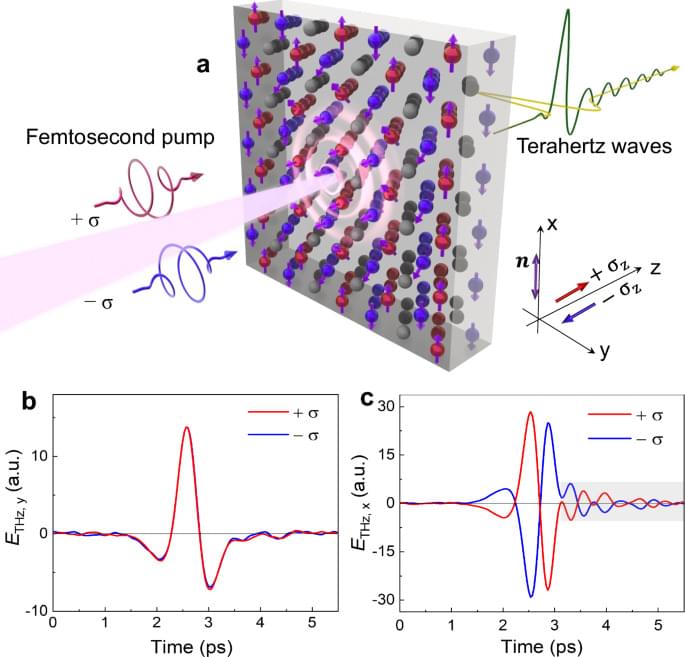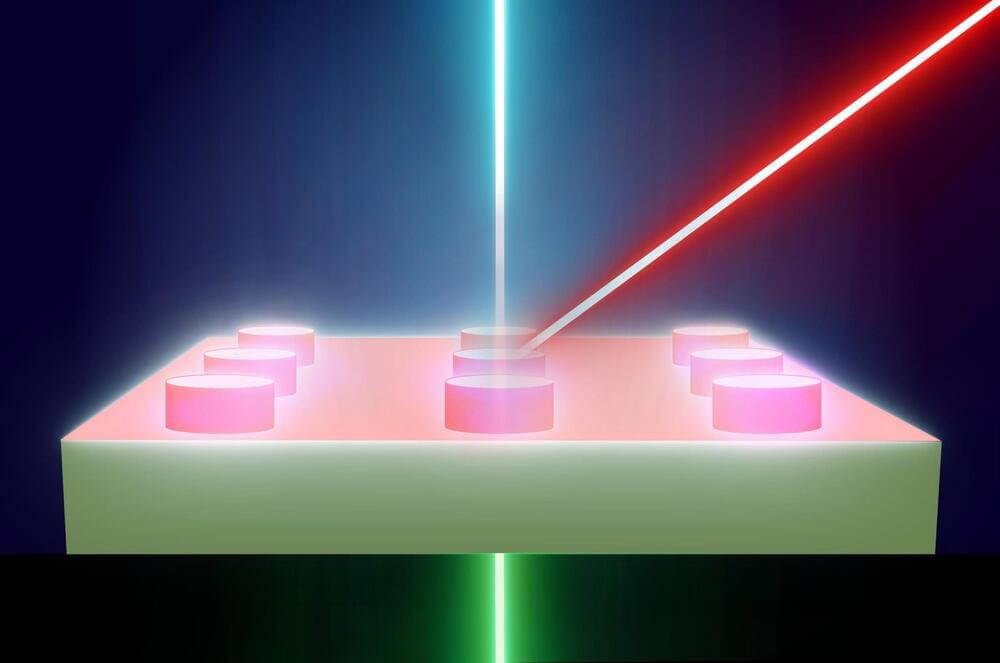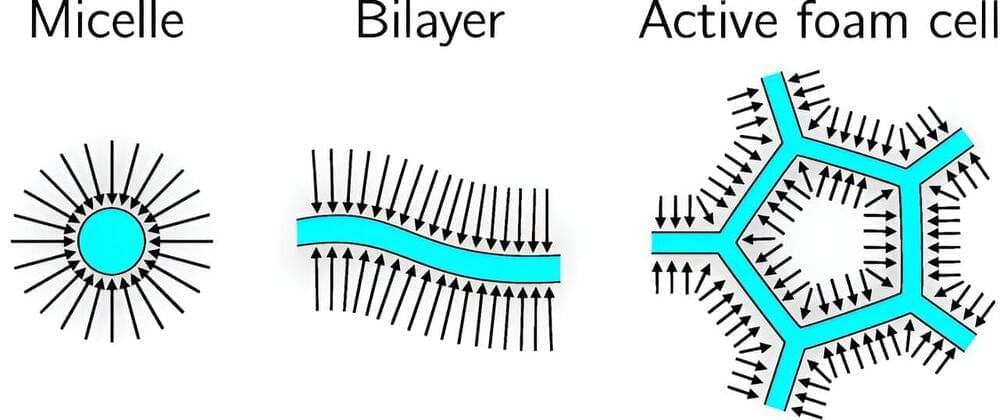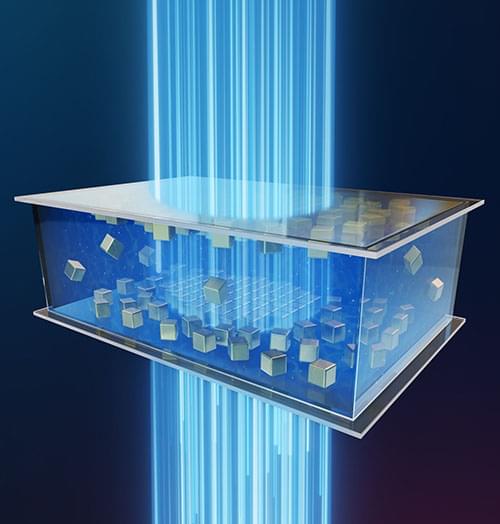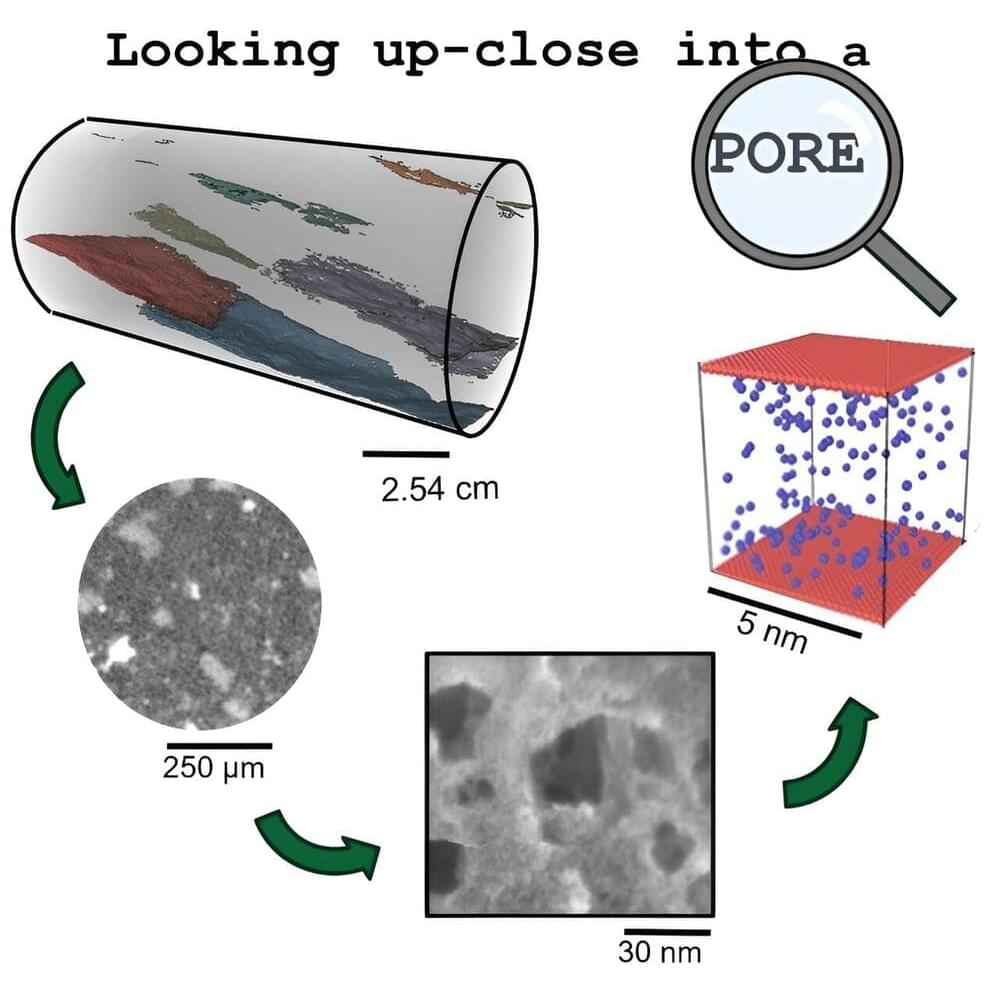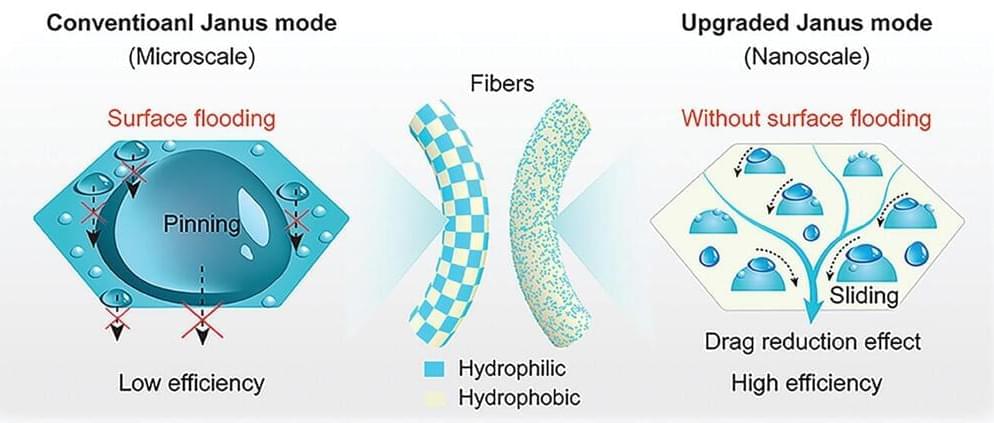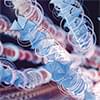
Quantum technology relies on qubits, the fundamental units of quantum computers, whose operation is influenced by quantum coherence time. Scientists believe that moiré excitons — electron-hole pairs trapped in overlapping moiré interference fringes — could serve as qubits in future nano-semiconductors. However, previous limitations in focusing light have caused optical interference, making it difficult to measure these excitons accurately.
Kyoto University researchers have developed a new technique to reduce moiré excitons, allowing for accurate measurement of quantum coherence time. Their findings, published in Nature Communications, reveal that the quantum coherence of a single moiré exciton remains stable for over 12 picoseconds at −269°C, significantly longer than that of excitons in traditional two-dimensional semiconductors. The confined moiré excitons in interference fringes help maintain quantum coherence, advancing the potential of quantum technology.
“We combined electron beam microfabrication techniques with reactive ion etching. By utilizing Michelson interferometry on the emission signal from a single moiré exciton, we could directly measure its quantum coherence time,” said Kazunari Matsuda of KyotoU’s Institute Advanced Energy.
